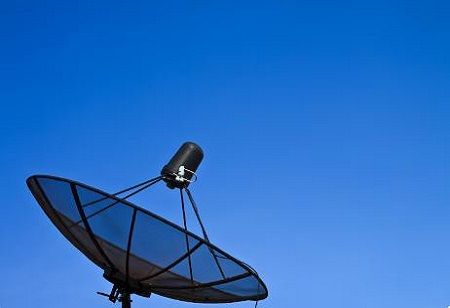
ISRO to Launch 6.5-Tonne US Bluebird-6 Satellite in 2025
- ISRO to deploy the 6.5-tonne US-developed communications satellite aboard LVM3 by year-end
- About 85–90% of subsystem-level work for India’s first human spaceflight mission is complete
- Scheduled November 3–5, the event will bring together global scientists, innovators, and industry leaders
The Indian Space Research Organization (ISRO) is all set to partner with the US once again and this time, the collaboration is marked through the BlueBird-6 satellite, a communications satellite which weighs 6.5 tons and is designed by AST SpaceMobile, a company based in the US.
Slated for a year-end flight from the Satish Dhawan Space Centre, Sriharikota, the satellite will take off with LVM3, which is India’s most powerful rocket. The upcoming ISRO satellite launch will deploy the BlueBird-6 satellite as part of a significant US-India space collaboration, announced by Dr V Narayanan ISRO.
The satellite, which is among the heaviest commercial satellites scheduled for launch, reached Indian soil from the US on October 19. This agreement has come after the triumphant launch of the NASA-ISRO Synthetic Aperture Radar Mission (NISAR) in July.
This international satellite launch is a highlight of 2025 space missions, adding to ISRO space news with a heavy satellite launch India, advancing space research India, and marking the key BlueBird-6 mission.
The ISRO Chairman Dr. V. Narayanan has also reported the Gaganyaan mission, India’s first human spaceflight project, progress where he mentioned that over 85–90% of the subsystem-level development work is now done.
"Blue Bird is a communication satellite. We have received the satellite, and we are working for the launch, and the launch vehicle build-up is going on. The date will be announced by the Prime Minister at the appropriate time", he said.
Also Read: Indian Army Inks Rs 2,700 Cr Deal for 4.25L Close-Quarter Carbine
Before the Emerging Science, Technology and Innovation Conclave (ESTIC 2025), which will be held from November 3 to 5 at Bharat Mandapam, Dr. Narayanan talked and made it clear that the event intends to hasten the coming of the scientific breakthroughs and the co-working among different sectors, engaging ISRO and the wider departments of science and technology.
The ISRO Chief stated, "There are 13 science and technology departments involved. The event will mainly showcase our potential, appreciate talents, also understand the vision of each department, what is in the store, and how the Indian industry start-up ecosystems are contributing to the science and technology area, how the academia is involved".
The Prime Minister of India, Narendra Modi, will be the one to open the conclave, which is to consist of the Nobel Laureates, the leaders of the industry, the young innovators, the women entrepreneurs, and the science leaders of tomorrow.
The Director of Vikram Sarabhai Space Centre, Dr. A. Rajarajan, pointed out that one of the goals for India's space activities is to develop a lunar module launch vehicle that will make an Indian landing on Chandrayaan possible by the year 2040.
"We have configured a Lunar Module Launch Vehicle (LMLV), which is in the initial stages of design and configuration. It requires a 75,000 kg payload capability of LEO. Any vehicle development is challenging. It has its own cycle time. We have to put an ecosystem in place to manufacture everything, incorporate all the advancements that have happened all over the world to be on par in 2040", said Rajarajan.
India will first have to make the scientific and technological innovations come up with the next frontiers through its participation in the ESTIC 2025.

.jpg)